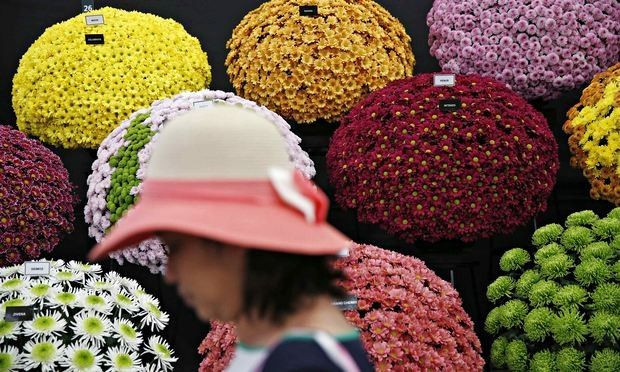5 Flowers You Can Actually Eat

For centuries, kitchens have prepared flowers as a garnish and for eating. Ancient Chinese and Middle Eastern culinary practices regularly include edible flowers in meals, which add to the aesthetics and nutritional value of the meal.
Flowers are known to offer health benefits that can ward off disease and boost overall health.
1. Sage flowers
Sage is an herb rich in antioxidants and Vitamin K. Its flower also contains antioxidants like luteolin and apigenin, which effectively eliminates free radicals in the body that tends to cause cancer and other serious illness. In a report by Colorado State University, the flowers of sage are edible and can be mixed while cooking.
2. Chives flowers
All flowers belonging to the allium family such as chives, garlic and leeks are edible. These are great in enhancing the flavor of meals. The flowers of chives also contain antioxidants and nutrients that improve blood circulation and prevent disease like colds and infection. Chive flowers are best added in meals to boost flavor and appearance.
3. Basil flowers
The flowers of basil are useful in improving the flavor of soups and salads. The flavor of the flowers is milder compared to the herb and also contains vitamins A, C and K which boost overall immunity. The basil flower can be used as an edible garnish placed on top of soup.
4. Chrysanthemum petals
The petals of the flower are very useful in preventing and treating health conditions like gout, allergies and high blood pressure. The petals may be eaten in a salad or also used to make tea. In a study published in Chinese Medicine, chrysanthemum flowers are also effective in protecting the liver and improving liver function. The petals are very attractive and perfect to be added in salads.
5. Viola flower
The purple flower is another Chinese medicinal ingredient that is widely used in treating fever and bacterial infection. The flower contains anti-pyretic effects and anti-inflammatory agents that can minimize toxicity from snake bites and swelling from infection. The petals may be eaten when preparing a salad. It can also serve as an edible garnish in other meals.





















